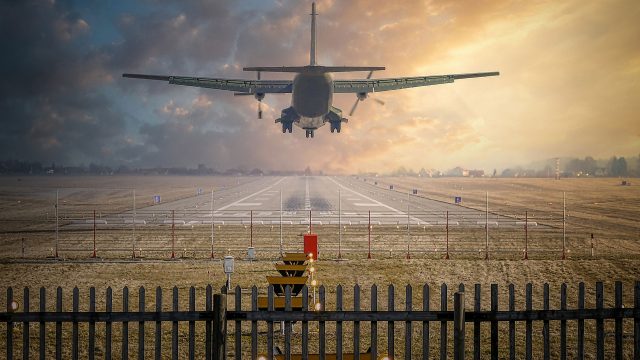Oct 21, 2021 – Cezmi ASLAN

When it comes to aviation accidents, many people immediately think of planes colliding while cruising due to mechanical or pilot-related reasons. With the effect of the images etched in our minds from the movies, maybe the planes falling with smoke become visual in our minds. Well, what would you think if we told you that the rate of such accidents in the aviation industry remains at very low levels? Maybe you will be surprised, but we have to say: The most common accidents in the aviation industry and the most intense loss of life and property are the Runway Accidents!
There are four most common types of runway accidents: 1. Runway Incursions 2. Runway Excursions 3. Runway Confusion 4. Collisions. Runway Incursions are the incorrect presence of another aircraft, vehicle, or anything on the surface designated to use at an airport for the landing and take-off of a particular aircraft. Even if the pilot of the aircraft taking off or landing is aware of the situation in advance and avoids the collision, injuries can occur due to the fact that baggage falls or the seat belts of the passengers are unbuckled during the flight action. Runway Excursion is the deviation of the aircraft from the runway surface or crossing the runway due to unstable approaches during landing and take-off and Insufficient Runway Conditions. Runway excursions are the most common commercial aviation accident in the world, accounting for approximately one-third of all commercial aviation accidents. Runway Confusion occurs when pilots enter the wrong runway for landing and takeoff. This often happens at night when a parallel taxiway is confused with a runway. The last of the main types of accidents that occur on the track is Collisions. As a result of collisions with objects such as airplanes, luggage carriers and construction equipment on the asphalt, serious material damage may occur to the aircraft, as well as a serious number of deaths and injuries.
There are many causes of runway accidents, either from the pilot or from mechanical failures of the aircraft. However, in the continuation of our article, we will examine the conditions of the runway and the reasons for the insufficient organization around the runway. One of the most important runway-specific causes is Poor Runway Maintenance, which accounts for roughly 12% of all aviation accidents. Major examples of poor runway maintenance are broken landing systems, icy or slippery surfaces, and inadequate or corroded taxiway markings. Another statistic shows how important runway maintenance is, that 42% of fatal airline collisions in the United States between 1994 and 2004 were caused by inadequate runway maintenance. Deficiencies in the organization of the runway are another important cause of runway accidents. First of all, faulty Runway Design causes serious problems for pilots in landing and take-off. Furthermore, even minor mistakes by Air Traffic Controllers responsible for the organization of take-off and landings on the runway can lead to large-scale runway accidents.
As a result, in order to prevent runway accidents that occur during take-off and landing, the maintenance and organization of runways should be carried out in accordance with international standards. Because, takeoff and landings are the moments when the plane is closest to the ground and usually the pilots do not have enough time and altitude to avoid accidents. Also, the landing and take-off times are when the planes are closest to each other. At this point, the recommendations and instructions of organizations such as ICAO and EASA on runway maintenance can be seen as a guide to preventing great loss of property and life.




